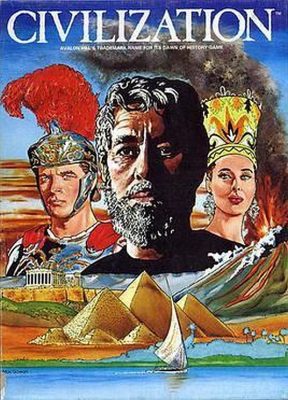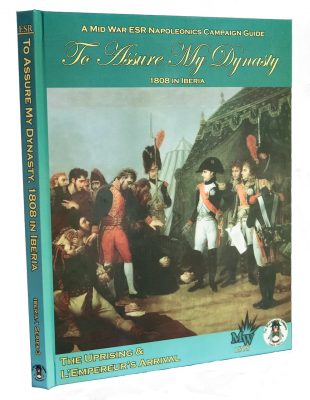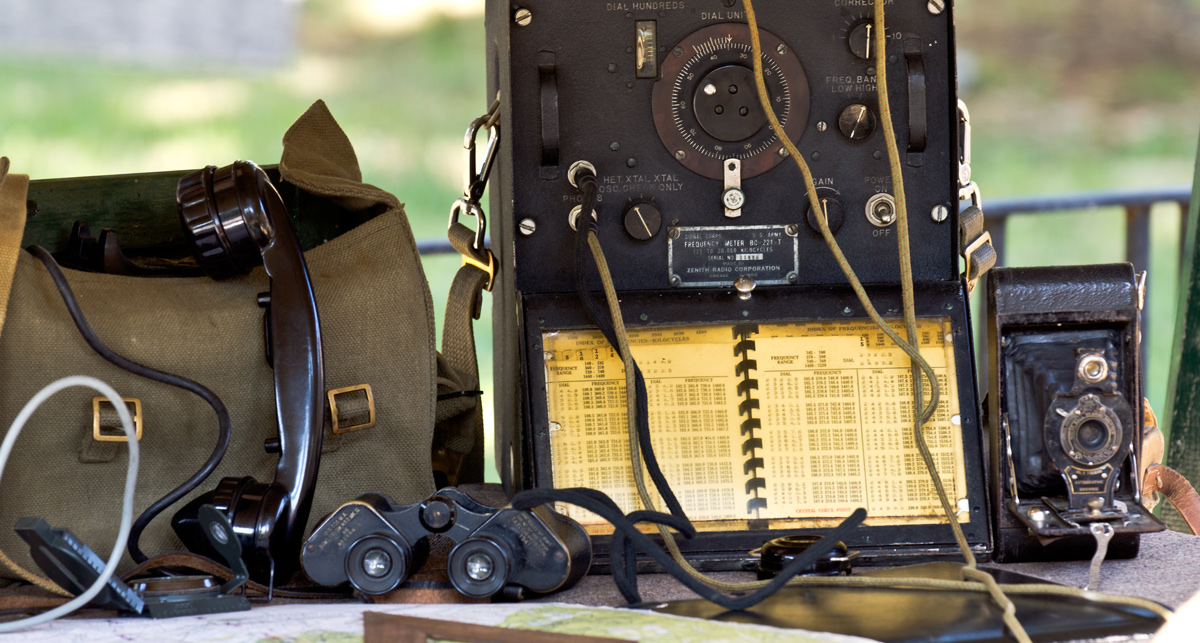A Retrospective of the Civilization Board Games (Part One)

By Patrick S. Barker
Civilization: The Board Game (1980)
– The Game of the Heroic Age
The first Civilization board game was created by Francis Tresham, a former British Royal Air Force radio instructor. Tresham first thought of the idea for the game while browsing a historical atlas at his base library. The idea was further sparked by Tresham’s experience playing strategy games like Risk and Diplomacy. Tresham found playing Diplomacy to be rather averse and thought to design a game that stressed winning through cultural and technological progress rather than military force.
Tresham’s game begins with the appearance of early farmers circa 8,000 BCE (approximately 4000 years before the start of recorded history) and ended with the rise of Rome in 250 BCE. Players controlled various real civilizations from around the Eastern Mediterranean Sea. As the turns and time passed, the players’ starting settlements grew and expanded into neighboring areas and generated additional resources. Designed for between two to seven players, the game could take up to eight hours to complete.

 Big treat for you in this episode. We talk to some of the staff at the US Army’s
Big treat for you in this episode. We talk to some of the staff at the US Army’s  By Tom Gall
By Tom Gall